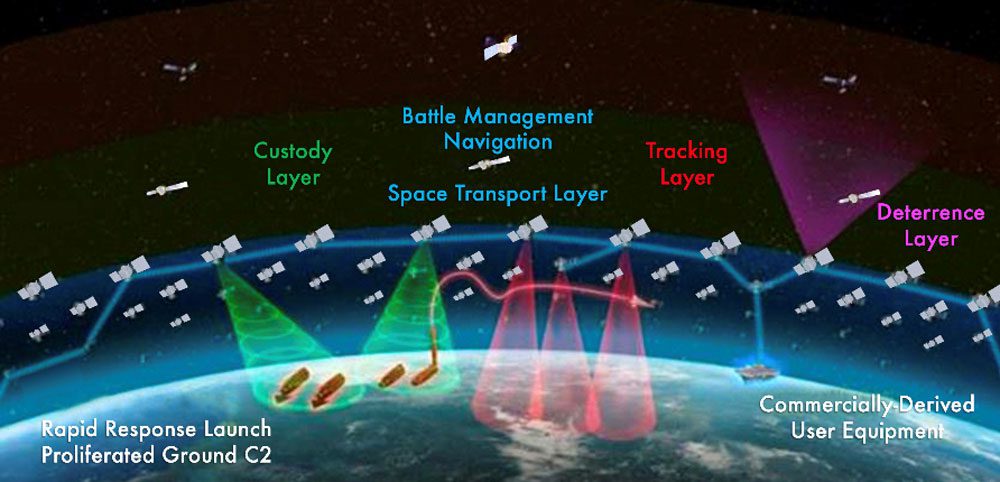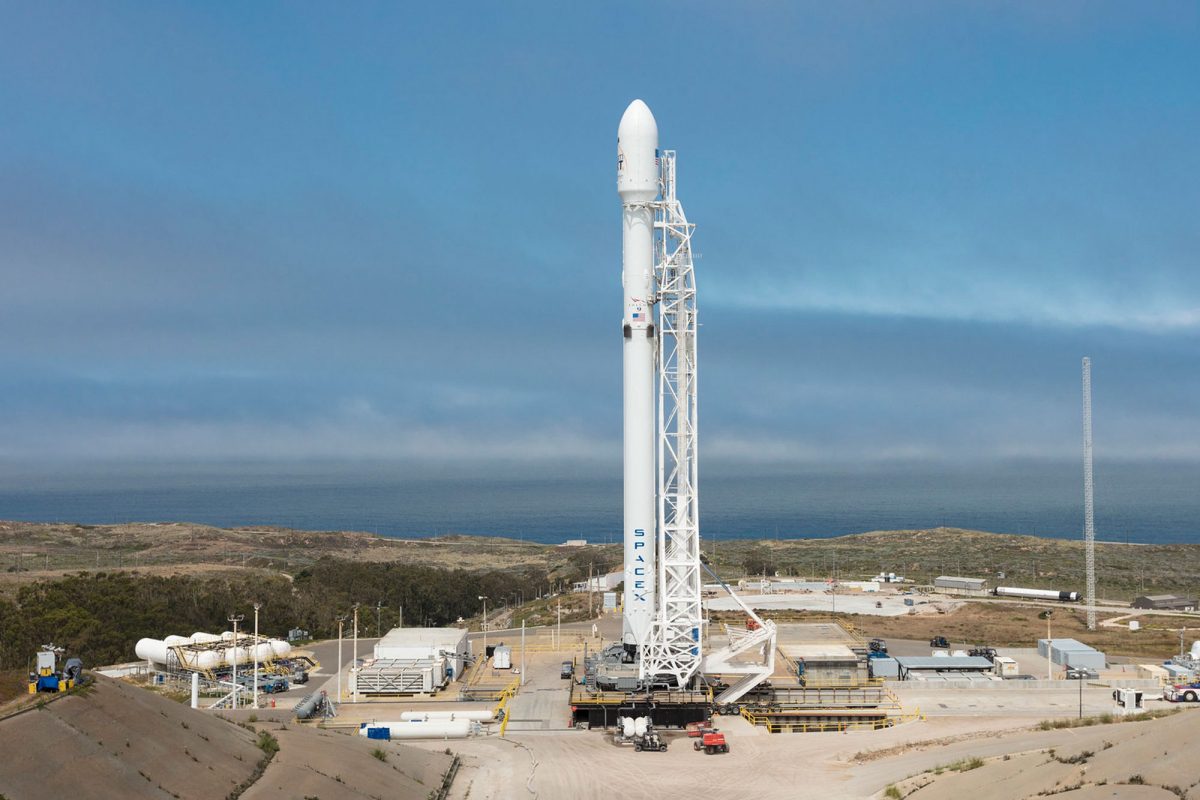By Janene Scully
Noozhawk North County Editor
The Department of Defense awarded Space Exploration Technologies a pair of missions that will involve two rocket launches from Vandenberg Air Force Base for the military’s next-generation of space-based tools for warfighters.
The announcement in the final hours of 2020 put the firm-fixed-price contract cost for SpaceX at $150,450,000.
The first launch will occur in September 2022, and the second mission will take place no later than March 31, 2023, to complete putting the constellation in space, according to the award by the Space Development Agency in Washington, D.C.

Last week’s contract award came as Vandenberg saw a slower-than-normal year in 2020 for rocket launches, which can provide an economic boost in local communities as workers and spectators fill hotel rooms and eat at restaurants.
The DOD announcement last week culminated the competition for a launch provider to carry the Tranche 0 Transport and Tracking Layer space vehicles.
Tranche 0 is the starter piece for the National Defense Space Architecture, which envisions a new missile-warning system for the tracking layer, along with a new data-delivery system for the transport layer.
In all, the NDSA envisions seven layers for transport, tracking, custody, deterrence, navigation, battle management, and support, requiring hundreds of satellites in low-Earth orbit to provide the next-generation of space-based tools for warfare.
As the first-phase of the system, the Tranche 0 constellation would have 28 spacecraft, with 20 transport satellites and eight tracking layer satellites.
The launch contract marked the latest issued for the National Defense Space Architecture as the military earlier picked firms to build both the tracking and transport spacecraft for the new system.
L3Harris Technologies, Inc., and SpaceX were successful in their bids to build four overhead persistent infrared imaging, or OPIR, satellites for the tracking layer of the NDSA. Those satellites should be ready by the end of fiscal year 2022.
Previous contracts were awarded for transport layer satellites. Those contracts went to Lockheed Martin and York Space Systems, with each to build 10 satellites.
The missile tracking satellites will be designed to provide detection, tracking and fire-control formation for hypersonic glide vehicles, ballistic missiles and other similar threats, Derek Tournear, the director of the Space Development Agency, said in a written statement on the DOD website.
When tracking layer satellites detect a threat, such as a ballistic missile, they should send that information to spacecraft in the transport layer as an alert.
“The transport satellites are the backbone of the National Defense Space Architecture,” Tournear said. “They take data from multiple tracking systems, fuse those, and are able to calculate a fire-control solution, and then the transport satellites will be able to send those data down directly to a weapons platform via a tactical data link, or some other means.”
While Tranche 0 would have 28 spacecraft, the final National Space Defense Architecture’s design calls for hundreds of satellites to create the protective layers.
“With Tranche 0 in 2022, we will provide enough capability to where people can start to experiment with what those data could do, and figure out how they could put that into their operational plans for battle,” Tournear said.
Tranche 1, targeting 2024, would include a couple hundred satellites in the transport layer, and a few dozen in the tracking layer, according to defense officials.
Tranche 2, in 2026, would continue to build the system as needed, and provide global coverage so the capabilities would be available to U.S. warfighters anywhere in the world.
A new DOD agency established in March 2019, SDA is responsible for unifying and integrating the department’s space-development efforts and accelerating development of new military space capabilities necessary to ensure U.S. technological and military advantages in space.
By fiscal year 2023, SDA would have 110 civilians, and service members from the Army, Navy, Marine Corps, Air Force and Space Force.
Noozhawk North County editor Janene Scully can be reached at jscully@noozhawk.com.





